Weaving stands as one of humanity’s oldest crafts, a practice that transforms simple threads into complex textiles through the rhythmic interlacing of warp and weft. This ancient art form has evolved distinctly across cultures, with techniques passed down through generations, each region developing patterns and methods that tell stories of local history, available materials, and cultural values.
In an increasingly digital world, traditional weaving offers a tactile connection to heritage and a meditative respite from modern life. The revival of interest in handmade textiles has led many historic weaving centers to open their doors to visitors eager to learn these time-honored skills.
Here is a list of 13 towns where traditional weaving classes offer hands-on experiences with masters of this enduring craft.
Teotitlán del Valle, Mexico
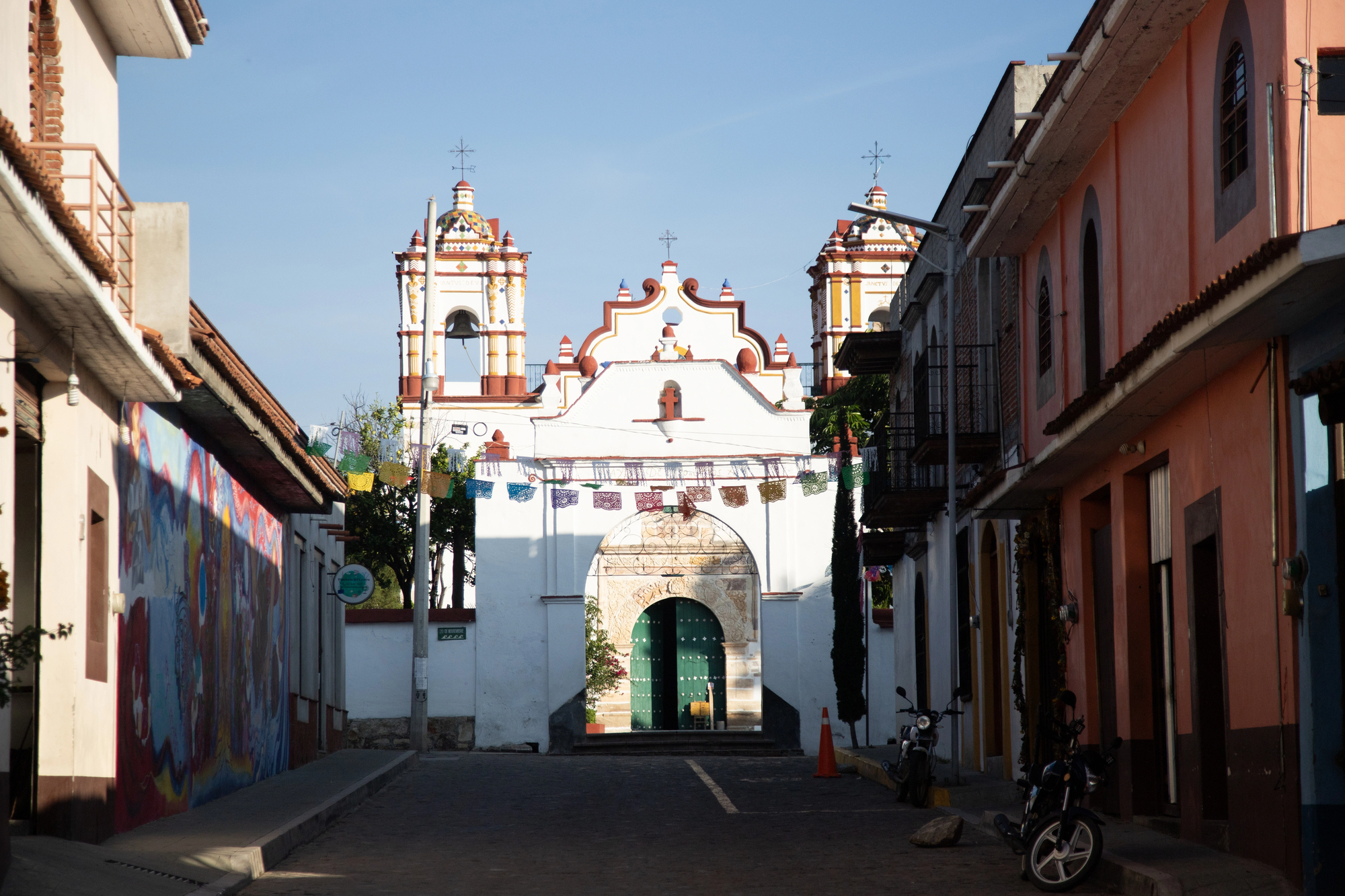
This Zapotec community in Oaxaca has preserved textile traditions dating back more than 2,000 years. Workshops take place in family compounds where generations work side by side using techniques unchanged for centuries.
Visitors learn to card and spin raw wool before moving to backstrap looms, simple yet ingenious devices that attach to the weaver’s body. Classes emphasize natural dyeing methods using cochineal for vibrant reds, indigo for blues, and local plants for yellows and greens, with participants creating their own dye baths from raw materials.
Luang Prabang, Laos
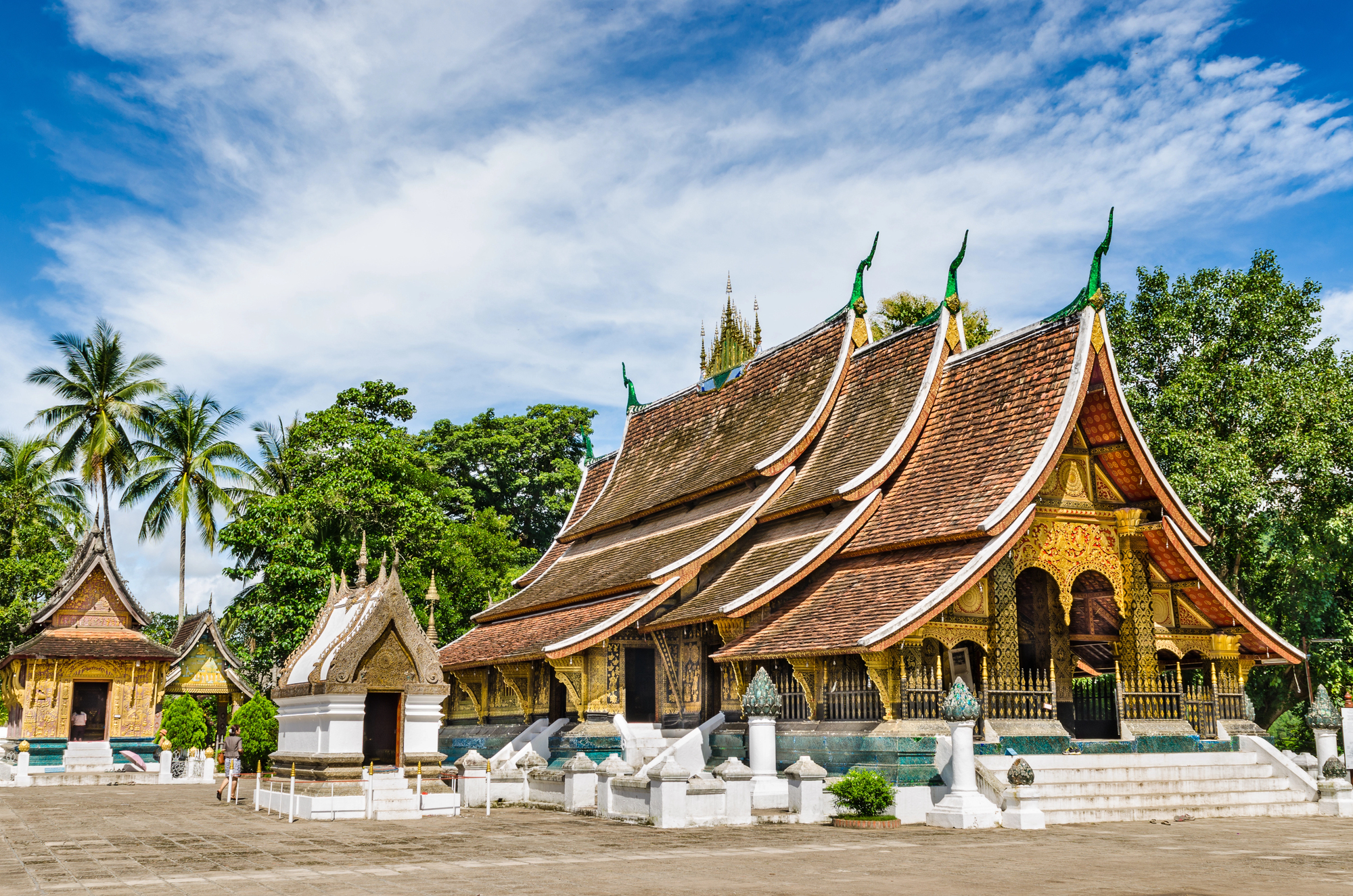
Set along the Mekong River, this UNESCO World Heritage town serves as a center for traditional Lao textiles. Workshops focus on the complex supplementary weft technique that creates intricate patterns that seem to float above the base fabric.
Instructors from local villages demonstrate how patterns represent Lao spiritual beliefs and natural elements, with some designs requiring thousands of calculations to execute properly. Many classes include visits to mulberry farms where silkworms are raised and silk is harvested through labor-intensive processes rarely seen in industrial production.
Chinchero, Peru
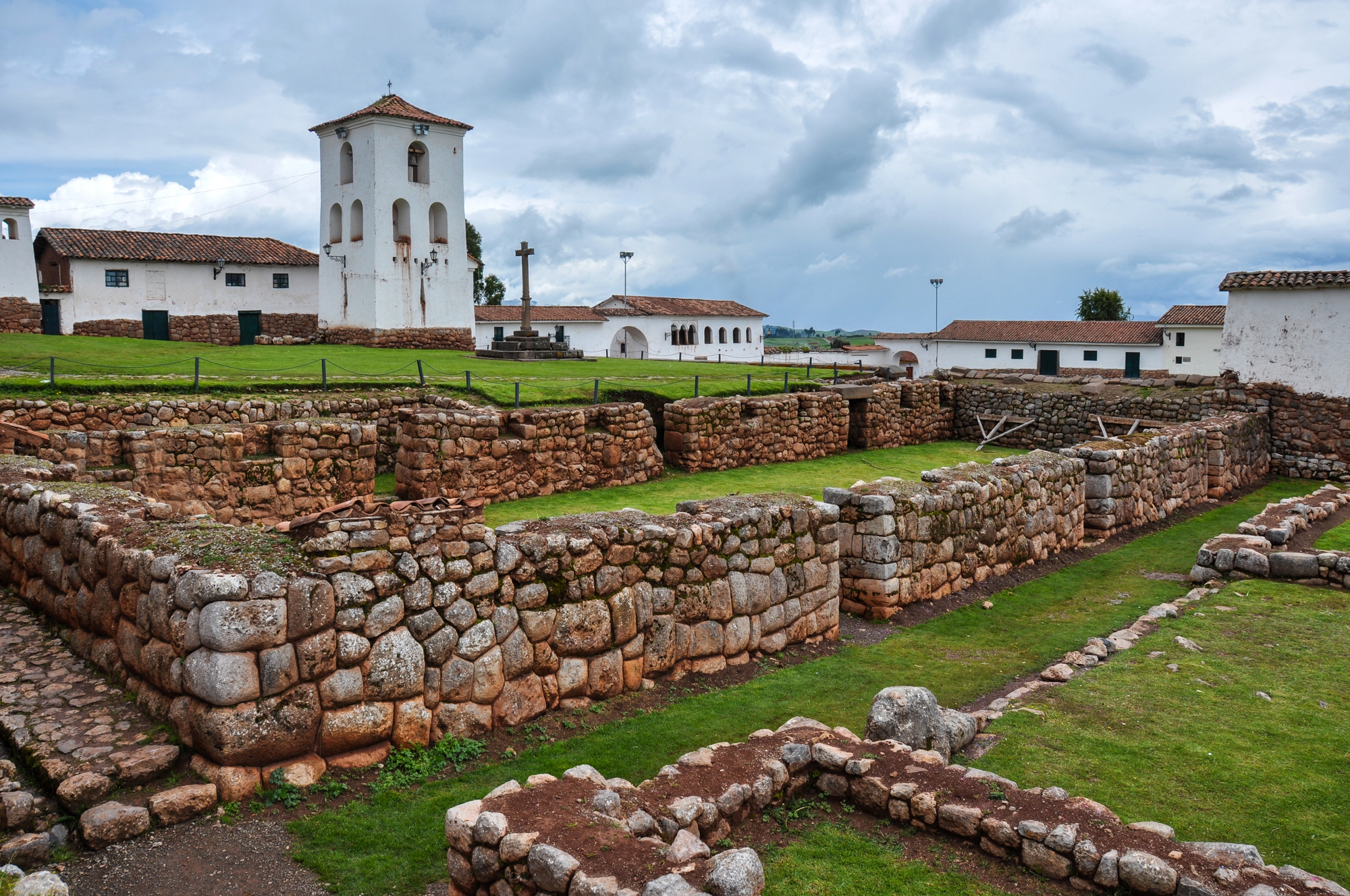
Perched at 12,000 feet in the Sacred Valley, this Andean town maintains Quechua weaving traditions where patterns serve as a form of cultural communication. Workshops begin with demonstrations of spinning techniques using traditional drop spindles that produce extremely fine thread.
Students learn to create pallays (designs) that represent local geography, mythology, and daily life, using techniques that create textiles with different patterns on each side. Local instructors explain how specific designs once identified family lineages and marital status within communities.
Like Travel Pug’s content? Follow us on MSN.
Chiang Mai, Thailand
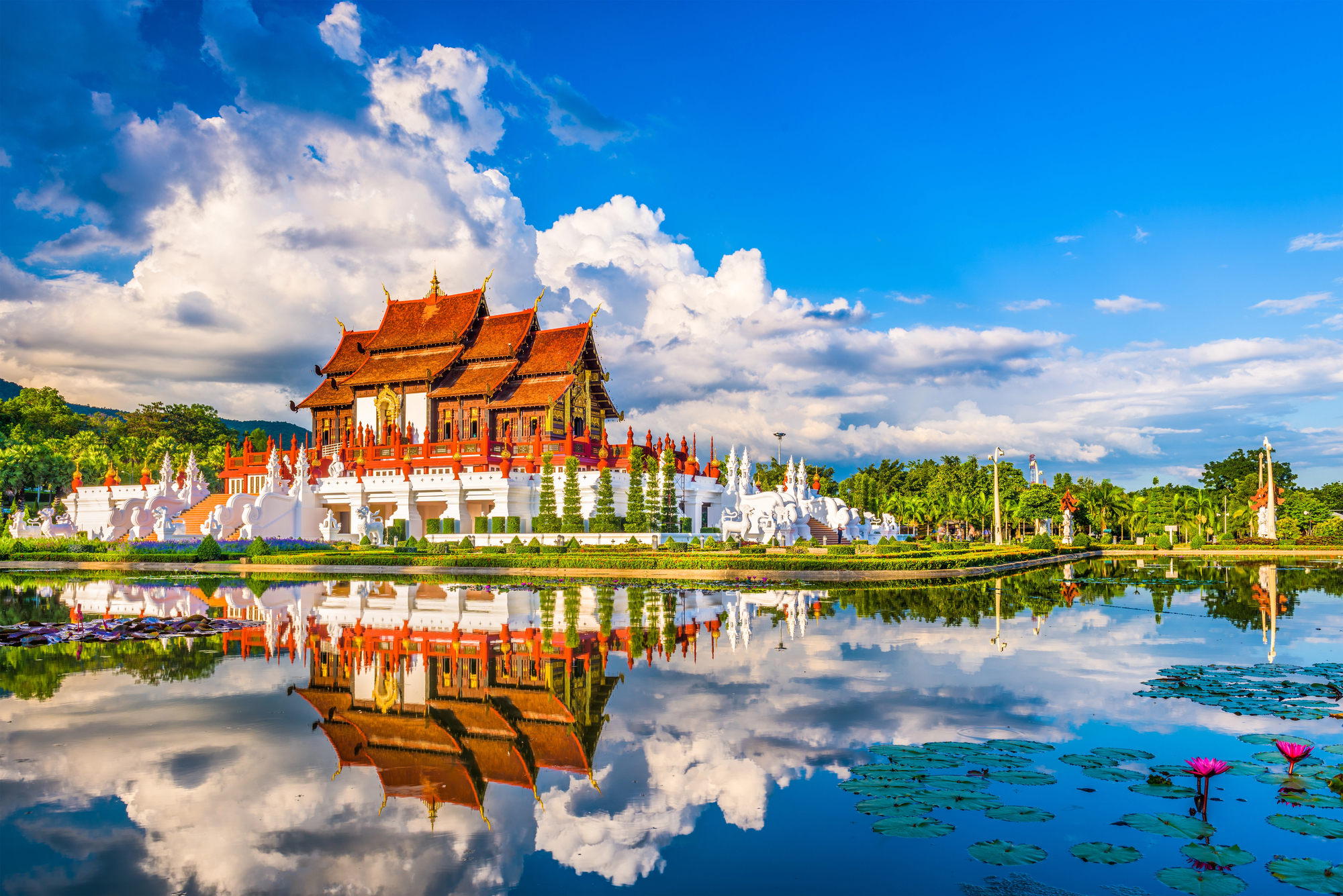
Northern Thailand’s cultural hub offers immersive experiences with traditional Lanna weaving. Classes range from basic frame loom techniques to advanced instruction on traditional floor looms, where complex patterns require careful counting and concentration.
Participants often work with local cotton and silk while learning about the geometric motifs that characterize northern Thai textiles. Many workshops include instruction in mat mee (ikat), where threads are tied and dyed before weaving to create soft-edged patterns appearing to shimmer on the finished fabric.
San Juan La Laguna, Guatemala
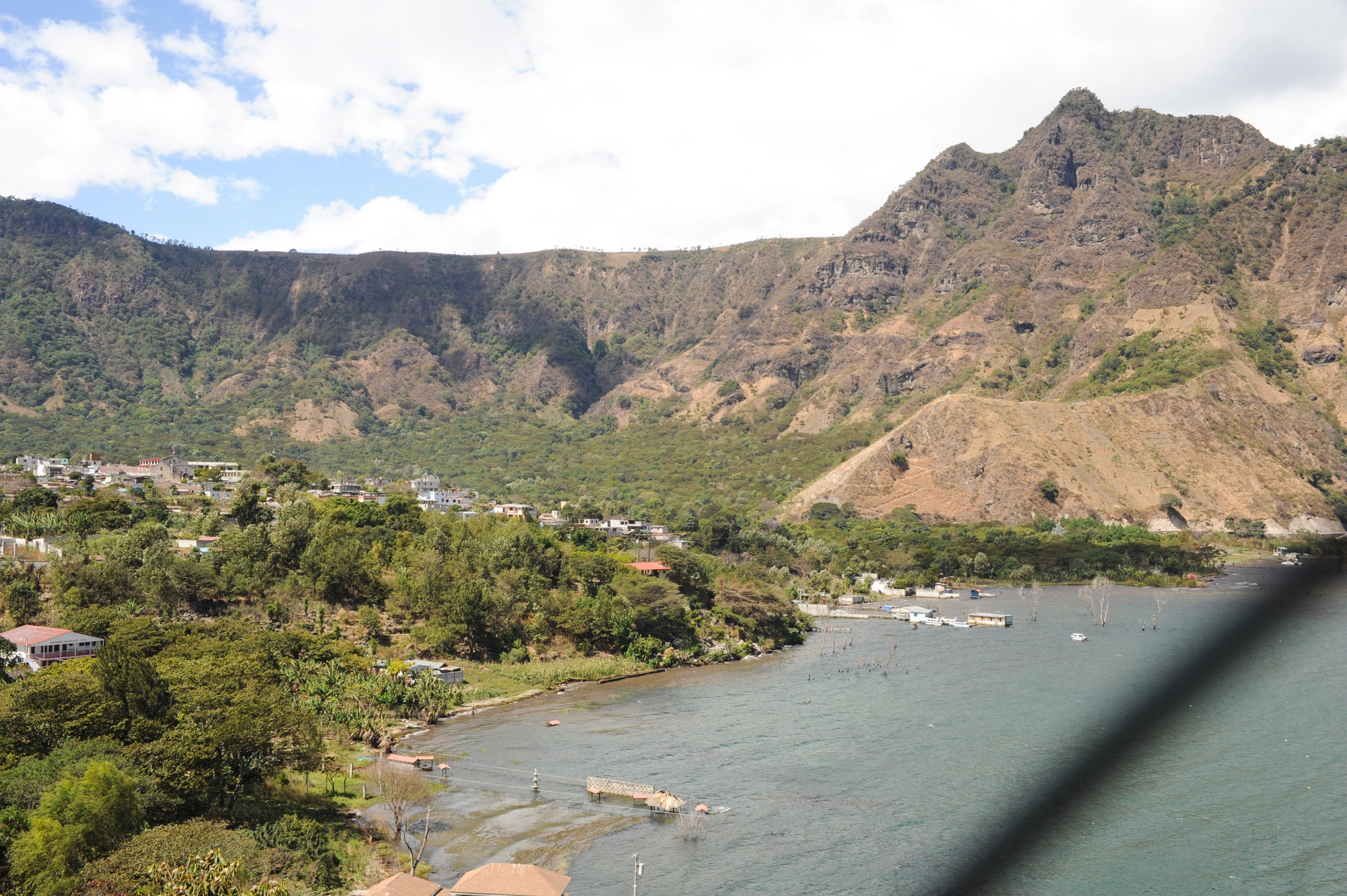
This lakeside town in the highlands maintains Maya backstrap weaving traditions that predate European contact. Workshops conducted by indigenous women’s cooperatives teach participants to set up portable looms using locally grown cotton.
Students learn about the symbolic language within traditional huipil patterns, where placement and color communicate identity and beliefs. Classes emphasize the mathematical precision required for complex brocade weaving, where supplementary threads create raised designs that appear almost three-dimensional on the finished textile.
Ubud, Bali
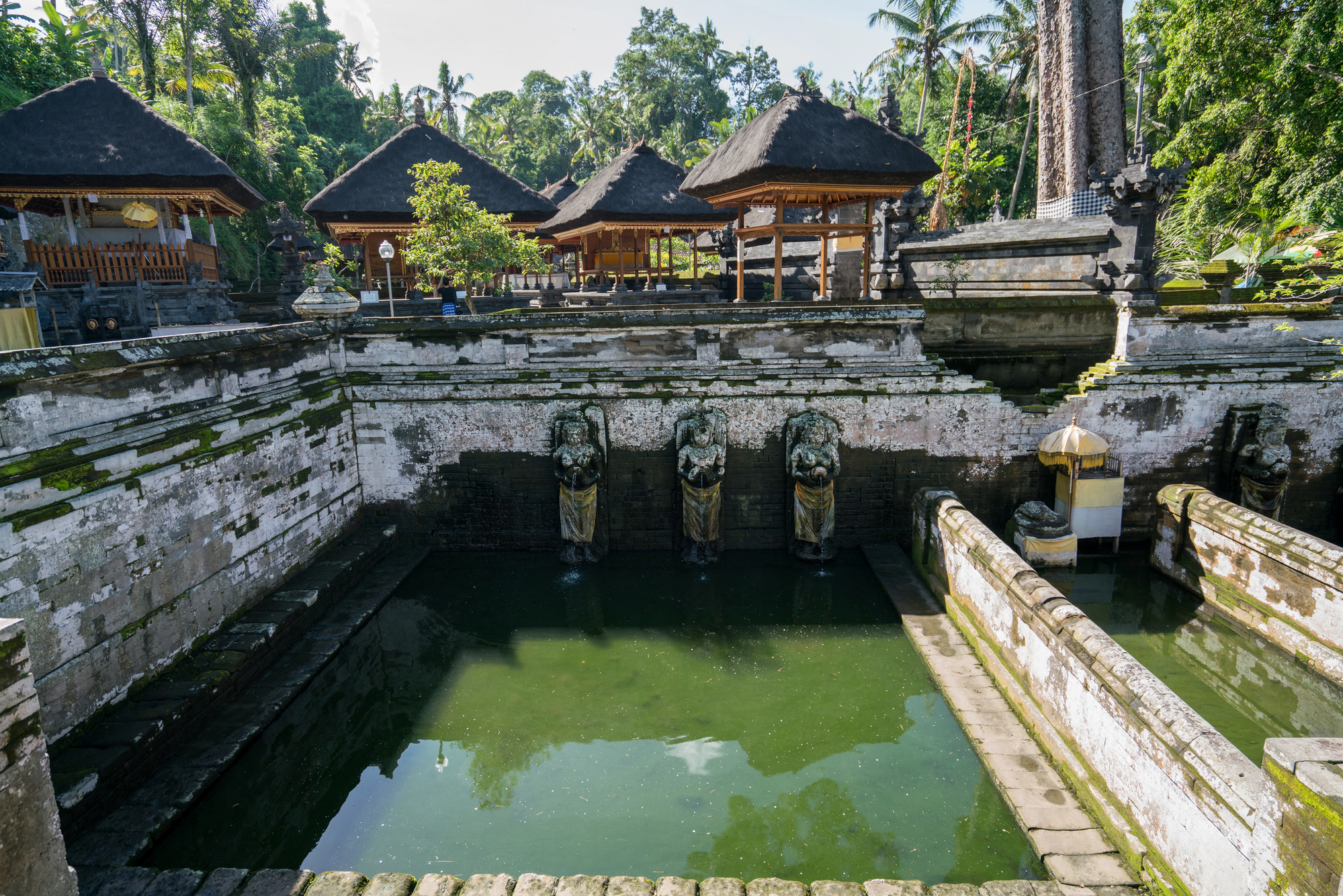
This cultural center in Indonesia’s most famous island offers classes in traditional ikat and songket weaving. Workshops typically begin with demonstrations of traditional natural dyeing using ingredients like indigo, mangosteen, and jackfruit.
Instructors guide participants through the complex warping process that determines the tensile strength and pattern foundation of finished textiles. Many classes include instruction in the spiritual aspects of Balinese weaving, where certain patterns are created for specific ceremonies, and textiles maintain important roles in lifecycle rituals.
Like Travel Pug’s content? Follow us on MSN.
Santa Fe, New Mexico

This southwestern American town blends Native American, Hispanic, and Anglo weaving traditions in workshops that explore cultural exchange through textile arts. Classes often focus on Rio Grande weaving techniques that developed when Spanish colonial weaving methods merged with indigenous approaches.
Instructors demonstrate how to use walking looms that allow for wider textiles than traditional backstrap methods. Many workshops incorporate locally raised and processed wool from heritage sheep breeds specifically adapted to the high desert environment.
Fez, Morocco

The ancient medina offers workshops in traditional Moroccan weaving where geometric patterns reflect Islamic artistic principles. Classes typically begin with orientation to the unique vertical looms used for creating everything from rugs to fabric suitable for jellabas (traditional robes).
Participants learn about the distinct regional patterns from the Middle Atlas, High Atlas, and Rabat traditions, often working with wool that still carries lanolin, creating water-resistant textiles perfect for nomadic lifestyles. Advanced workshops include instruction in the highly valued brocade techniques used for ceremonial textiles.
Varanasi, India
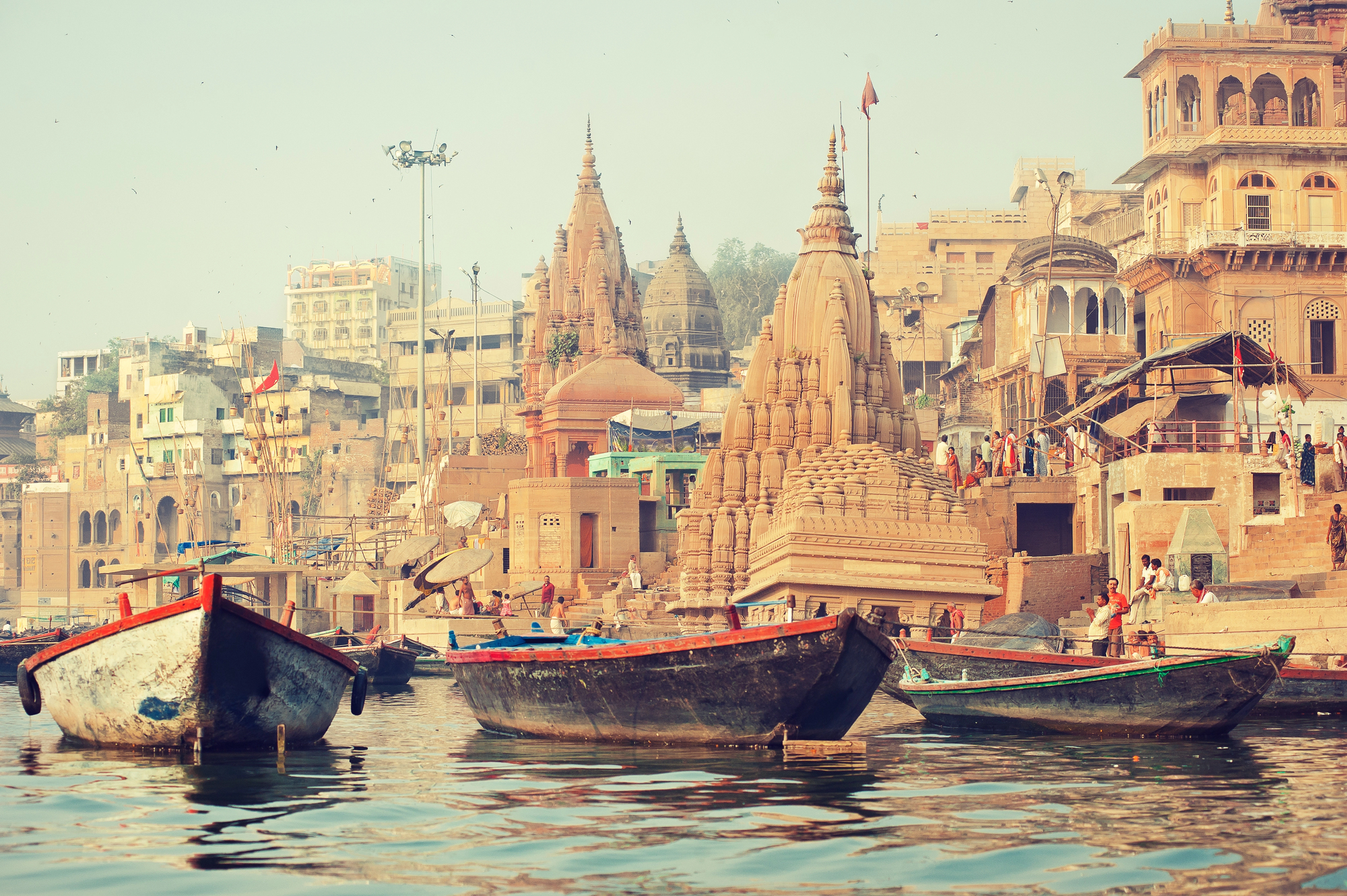
This sacred city along the Ganges offers instruction in creating the legendary Banarasi brocades that have adorned royalty for centuries. Workshops take place in family compounds where participants learn to operate traditional pit looms that allow for intricate silk work with gold and silver zari threads.
Classes typically include demonstrations of jacquard techniques using punch cards that predate modern computing concepts. Many workshops connect textile patterns to Hindu mythology, explaining the symbolic meaning behind traditional motifs used in wedding saris and ceremonial cloths.
Like Travel Pug’s content? Follow us on MSN.
Otavalo, Ecuador
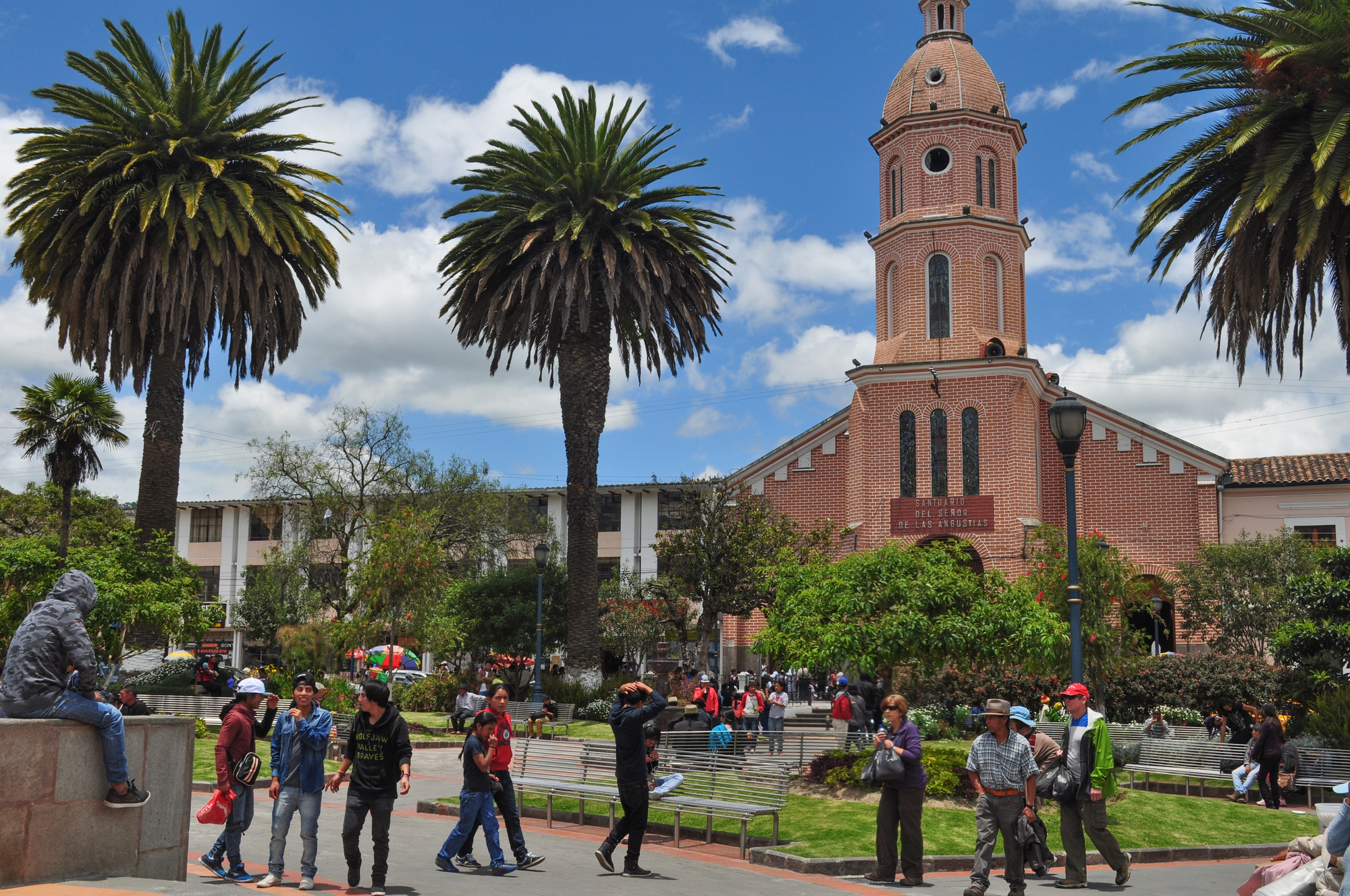
This Andean market town maintains indigenous Kichwa weaving traditions while embracing innovation. Workshops introduce participants to the distinctive processes of Andean weaving, from preparing cabuya fibers to working with wool from alpaca, llama, and sheep.
Students learn to create traditional patterns using treadle looms adapted from Spanish colonial designs, but now producing distinctly Ecuadorian textiles. Many classes include instruction in the legendary skills of Otavaleño weavers who can create tapestries so finely woven they were once mistaken for paintings by European collectors.
Ewe Villages, Ghana
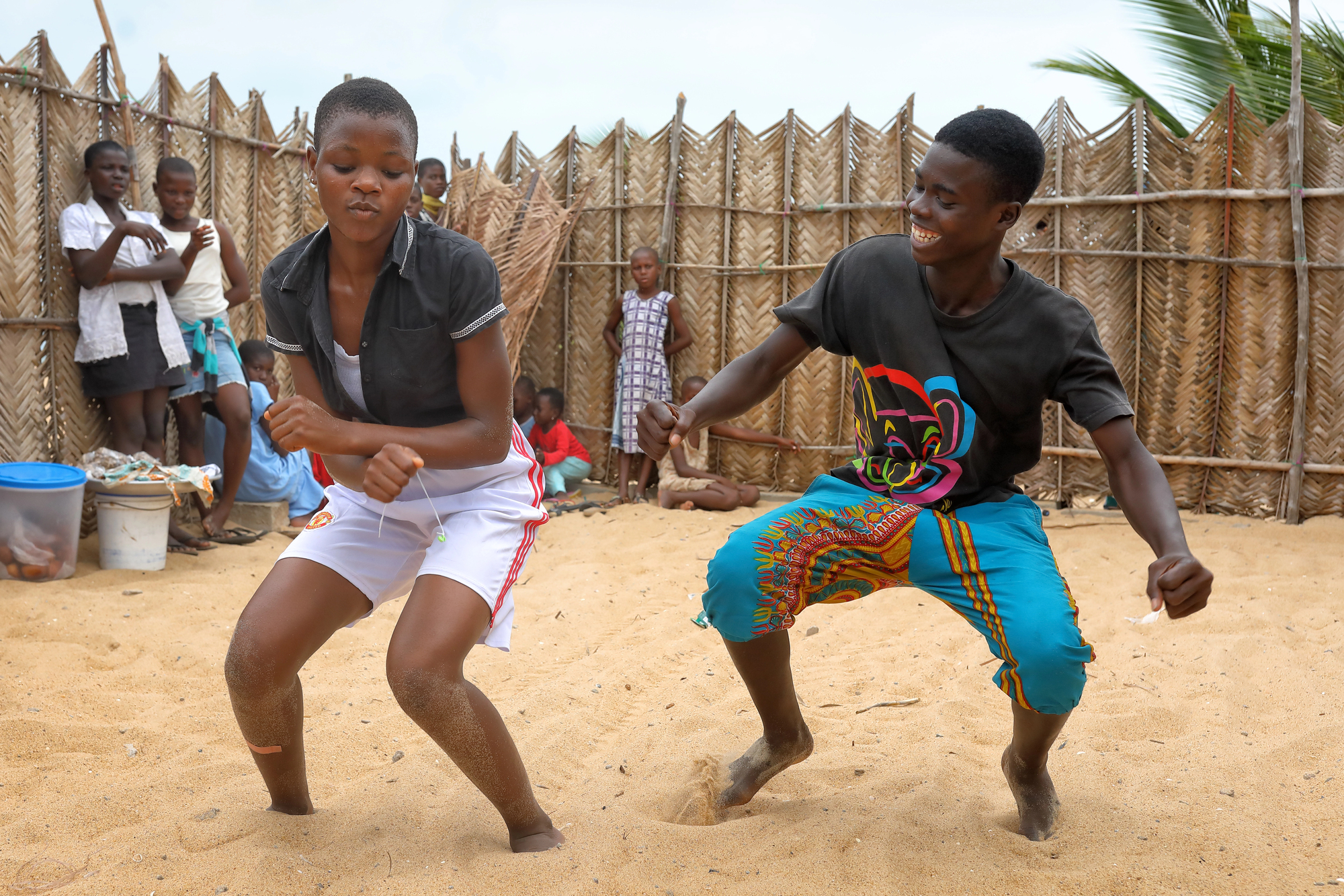
The Volta Region offers immersive workshops in creating world-famous kente cloth, traditionally worn by Ashanti royalty. Classes begin with demonstrations of narrow-strip loom techniques where multiple pieces are later sewn together to create larger cloths.
Participants learn about the complex symbolism within kente patterns, where specific arrangements communicate proverbs, historical events, and philosophical concepts. Many workshops include instruction in adinkra printing techniques that complement traditional weaving to create textiles rich with cultural meaning.
Salasaca, Ecuador
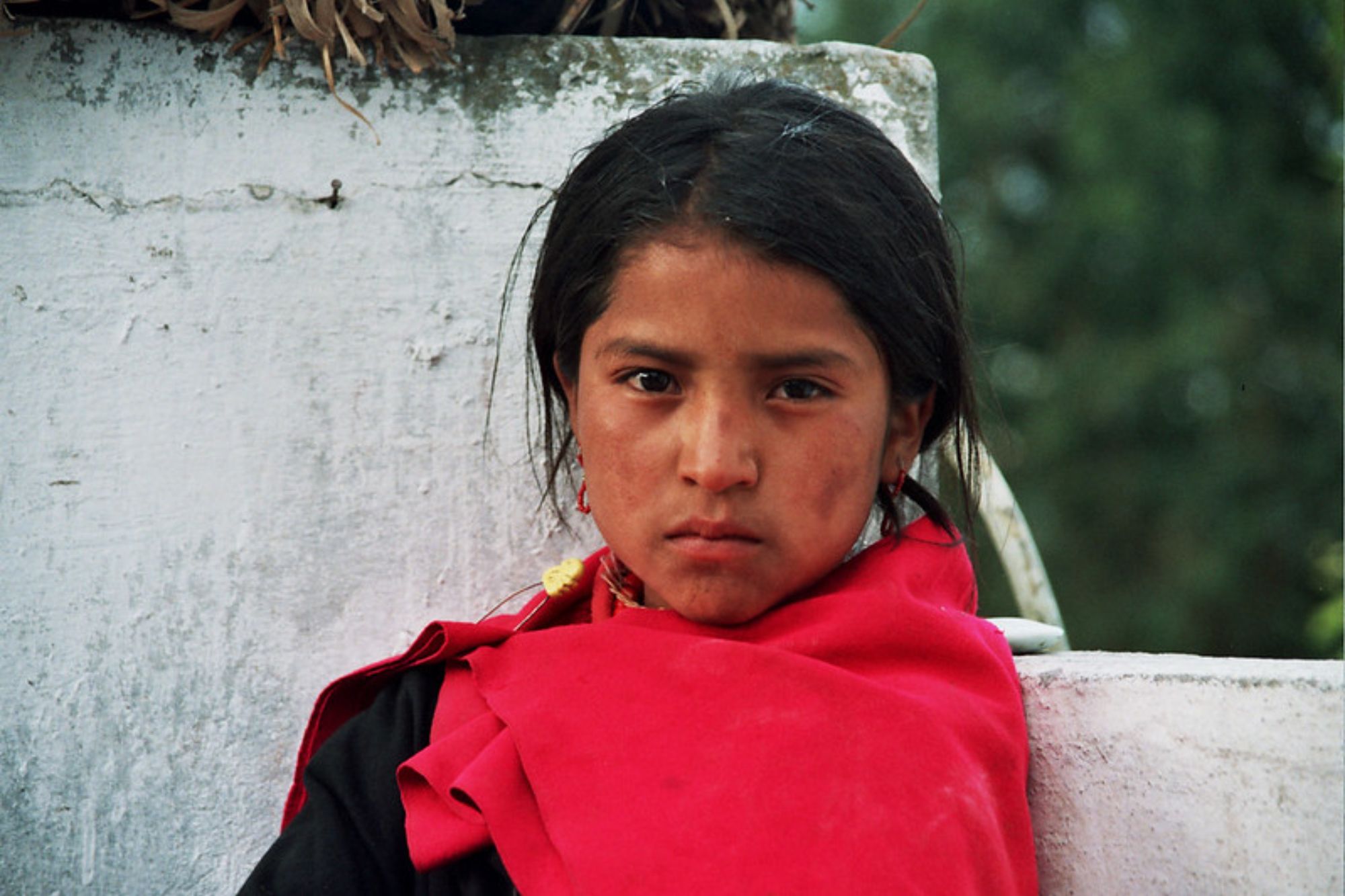
This indigenous community maintains distinctive weaving traditions despite centuries of colonial pressure. Workshops focus on specialized techniques for creating ponchos, wall hangings, and bags with bold geometric designs unique to Salasaca identity.
Participants learn about natural dyeing using cochineal, walnut, and other local materials that create the distinctive deep reds and blacks characteristic of Salasacan textiles. Classes often include visits to community museums where ancient textiles demonstrate pattern evolution and cultural continuity through generations of weavers.
Like Travel Pug’s content? Follow us on MSN.
Laos Hai, Vietnam
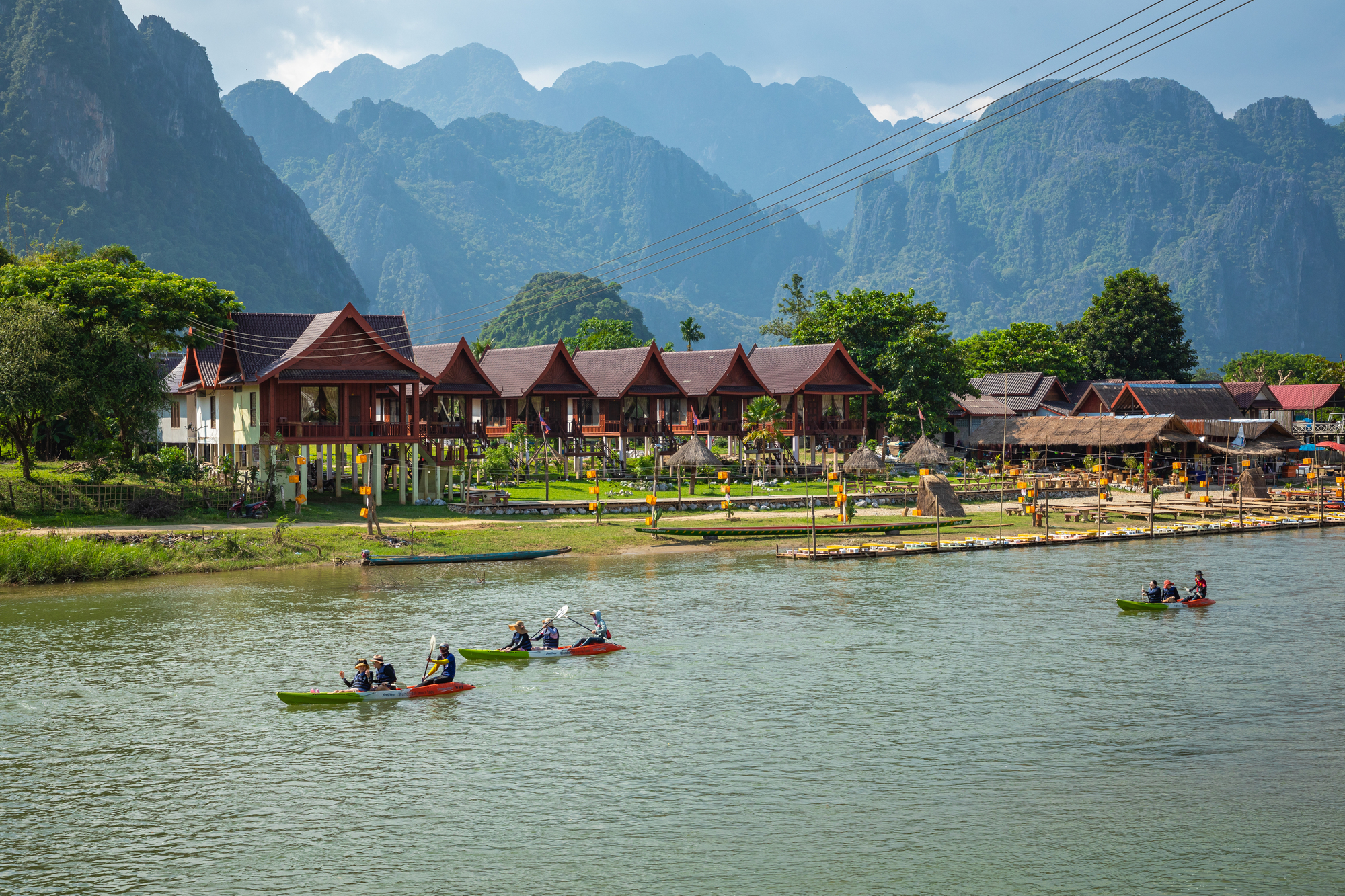
This H’mong village in northern Vietnam offers workshops in traditional hemp cloth production and the region’s distinctive batik and embroidery techniques. Classes begin with demonstrations of how hemp is processed through numerous steps before spinning into workable thread.
Participants learn simple loom techniques before focusing on the indigo dyeing and beeswax batik methods that create the distinctive blue-and-white textiles associated with H’mong culture. Advanced workshops include instruction in the counted stitch embroidery techniques that embed community stories and beliefs into garments and household items.
Threads That Connect Us
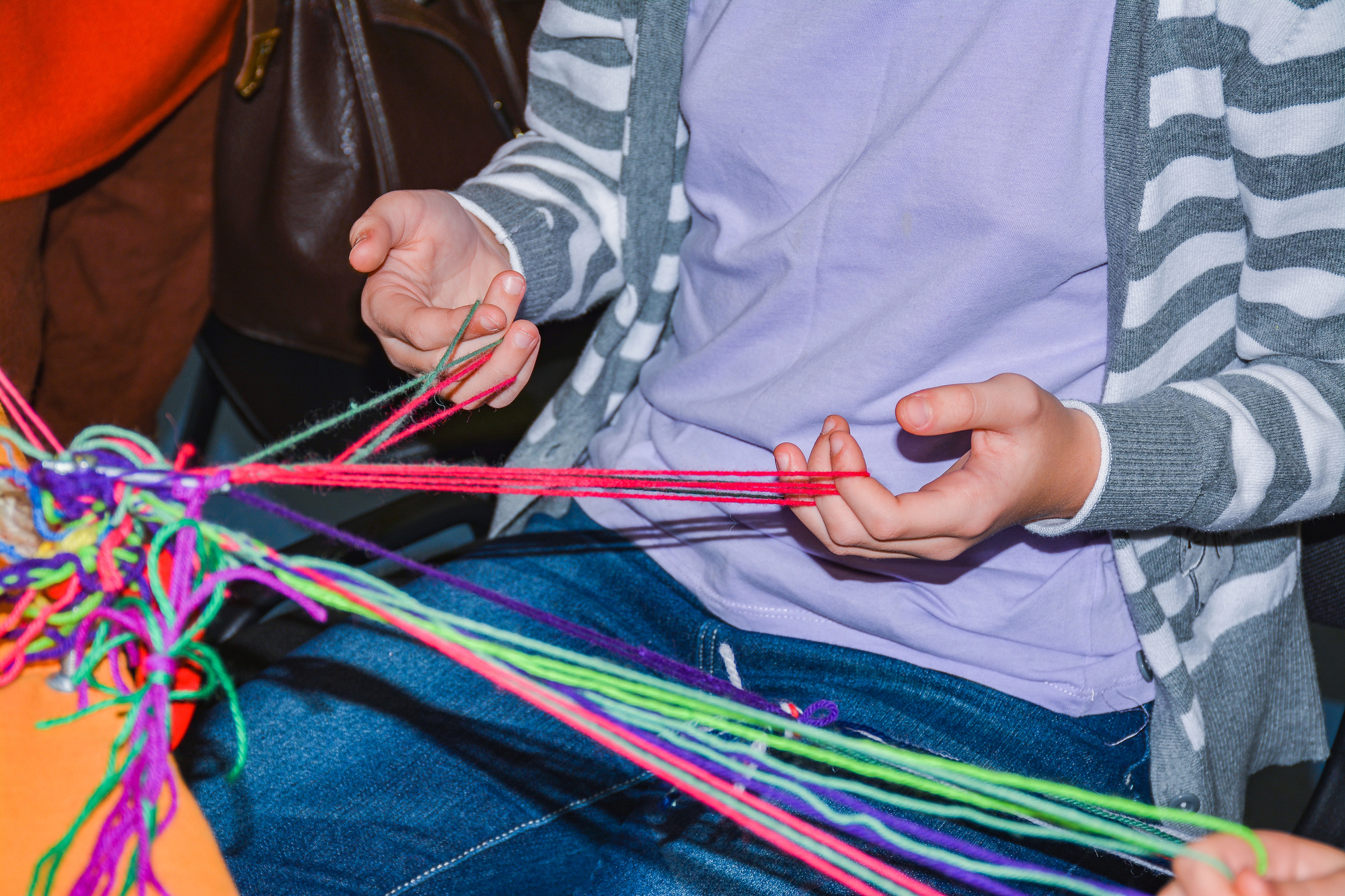
Traditional weaving classes in these towns offer more than technical instruction—they provide windows into cultural values and historical continuity. By learning to create cloth through time-honored methods, participants gain appreciation for the mathematical precision, artistic vision, and physical skill required for this fundamental human craft.
These experiences connect people across cultural boundaries through the universal language of textile creation, demonstrating how weaving technologies developed independently yet similarly across continents. The revival of interest in traditional weaving ensures these ancient skills will continue evolving, adapting to new generations while maintaining their cultural foundations.
More from Travel Pug

- Cities Growing so Fast You Won’t Recognize Them in 10 Years
- 13 Destinations Where Tourists Regularly Regret Their Trip
- 16 U.S. Cities That Are Quietly Becoming Travel Hotspots
- Where to Travel If You Love Long Bus Rides and Daydreams
- 20 Cities Perfect for Solo Travelers Who Crave Adventure & Culture
Like Travel Pug’s content? Follow us on MSN.
